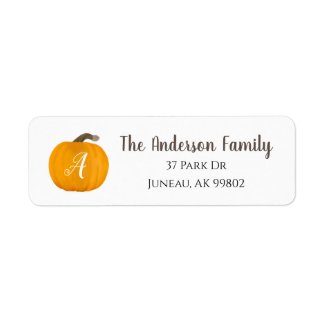 |
| Photo 1: Thick top layer of hand shredded newspaper |
 |
| Photo 2: Shredded newspaper, egg shells, carrot tops, coffee grounds, and banana peel decomposing |
 |
| Photo 3: Red worms working on scraps. |
 |
| Photo 4: Finished compost ready to use directly in garden or to make compost tea. |
For apartment gardeners and people with small gardens, I suggest trying a worm compost bin. The bins are cheap (less than $10), requires little square footage of space, and are easy to make. You will also have finished compost in less time than you would with a traditional compost bin.
Indoor Worm Compost Bin
I used to keep a worm compost bin under the kitchen sink in a small plastic container with holes on top. I use handfuls of finished compost to make compost tea (i.e., mixture of finished compost and water). Compost tea stretches out finished compost so I can provide nutrients to several plants.
For those of you who are hesitant about keeping worm compost bins indoors, I promise you my bin did not have any bad smells or fruit flies nor did any worms every try to escape. The key is to keep the bins under the right conditions. This may sound difficult, but it is not. The environment must be cool or warm (but not hot), moist but not soggy, and not overloaded with kitchen scraps. Note: I only fed my worm bin broken egg shells, fruit and vegetable scraps. I also chopped or crushed scraps when I could to accelerate the time it took to get finished compost. I also placed a layer of moist, shredded newspaper on top of my scraps to prevent fruit flies from discovering my bin. If you notice the bin getting soggy, you can give the liquid to plants or place shredded newspaper at the bottom to absorb the liquid.
Outdoor Worm Compost Bin
Now that I have more space, I created a large worm bin and placed it outside near the back door. I love it! The worms quickly break down all my scraps. It is important to keep a thick layer of moist shredded newspaper on top of the scraps to keep the fruit flies to a minimum. See Photo 1. The fruit flies do not hurt the worm bin; They actually help break down the scraps. I just try to discourage their presence because they are annoying. Make sure you keep the medium moist or else you might attract ants. If ants ever attack your bin, just use a hose with a mister attachment and moisten the scraps and newspapers. The ants should disappear in a day.
I am considering creating a second bin. The bins are easily stackable because I drilled holes on the sides of the bin instead of on top. My adult red worms have already produced several baby red worms so I will have plenty of worms for a new bin.

























